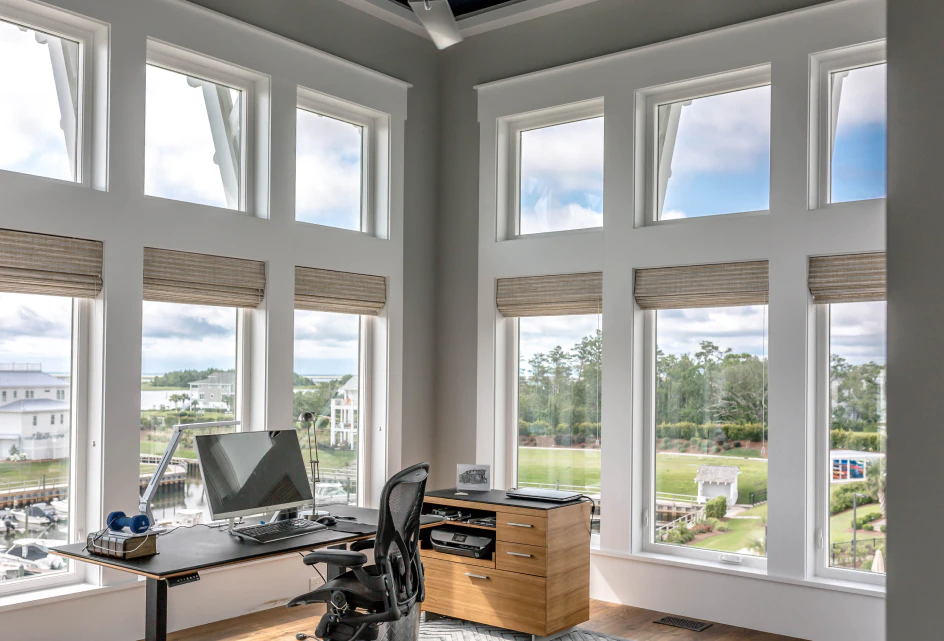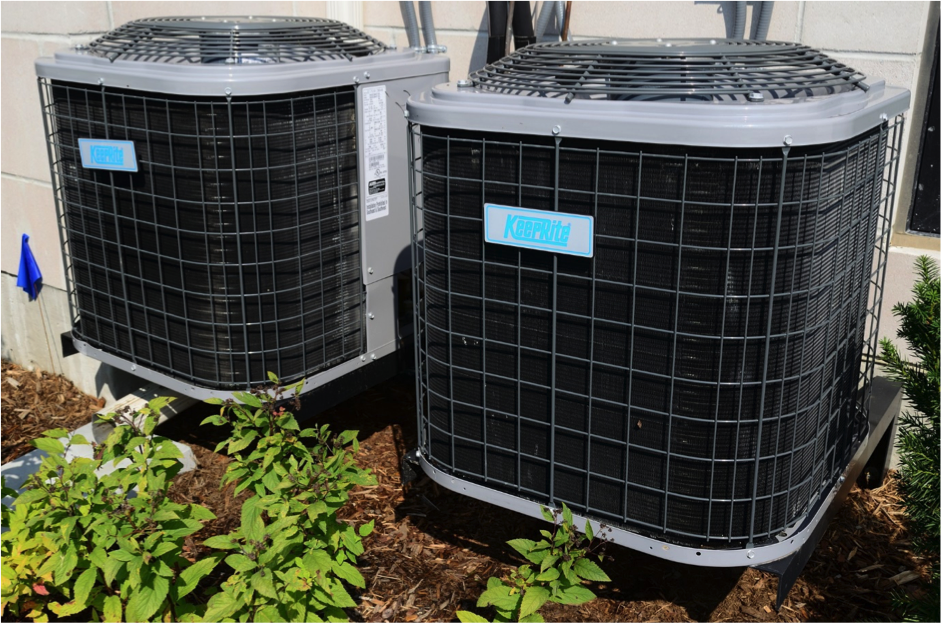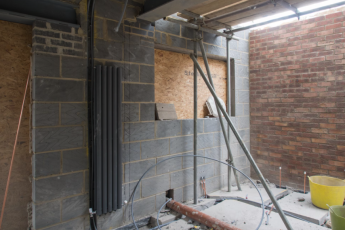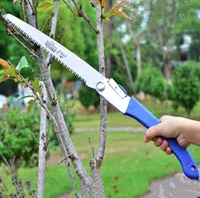How Weather Conditions Contribute to Broken Glass in Doors & Windows

Let’s talk about something most homeowners overlook until it’s a little too late—the impact of weather, good old Gaia, on their doors and windows!

That’s right. That broken glass, those cracked panes, foggy windows, and the annoying drafts that come out of nowhere—it’s not always a rogue baseball. In many cases, it’s the weather doing the damage.
The Canadian winter isn’t for the weak. And if you’ve had a window installation in Toronto recently, you’ve probably seen just how quickly those temperature swings can take a toll on your glass. So, in this post, let’s look at how the weather is silently wrecking your glass—and what you can do about it.
Weather: The Silent Glass Killer
First things first—let’s address one thing: glass is not indestructible, no matter what the packaging might say. Sure, modern glass is extremely tough, no doubt about it, but all glass has a breaking point. The weather pushes it to the limit daily.
Generally speaking, these are the main culprits:
- Extreme temperature fluctuations
- Freezing and thawing cycles
- High humidity
- Wind pressure and flying debris
- Hail or ice storms
- Intense sunlight and UV exposure
Now let’s break these down a bit…
1. Temperature Fluctuations and Thermal Stress Cracks
Hairline cracks that suddenly appear out of nowhere? That’s thermal stress cracking. It happens when one part of the glass heats or cools faster than another, causing it to expand unevenly. These are especially common in Canada, where one day it’s snowing and the next, bright sunlight is hitting the window directly. Interior heat also makes a difference.
Solution? Use thermal-resistant or laminated glass. These materials are built to handle expansion and contraction without cracking. And if you’re going for a new glass door installation altogether, ask for low-emissivity (Low-E) coatings—they help regulate temperature flow through the glass.
2. Heavy Snow and Ice
In the winter, when snow and ice build up around your windows and doors and then go through cycles of melting and refreezing, they create pressure. This pressure—applied to both the glass and the frame—over time weakens the seal and can crack the glass. Single-pane windows are at even higher risk, as water can get into the frame, freeze, expand, and push the glass out of place or damage it completely.

3. Strong Winds and Flying Debris
Storms with high winds often carry small rocks, branches, or other debris. If these hit your windows or doors hard enough, they can chip or break the glass.
4. Humidity and Moisture
In the warmer months, high humidity levels can cause condensation to form on the inside of your windows. If your window seals are old or damaged, this moisture gets between the glass panes, causing that foggy glass look. This can also lead to mold growth and weaken the structural integrity of the glass.
How to Protect Your Glass from Weather Damage
Luckily, there are several things you can do to protect your windows and glass doors from weather-related damage.
Use Weather-Resistant Glass
If you’re opting for new windows, go for double-pane or triple-pane glass. These are stronger, insulate better, and handle weather changes more effectively.
Keep Frames in Good Shape
The frame around your window or door plays a big role in protecting the glass. Check your frames every season. Look for:
- Warping
- Mould
- Cracks in the caulking
- Moisture damage
Add Protective Coverings
This may seem like a hassle, but it both looks classy and helps protect your windows. Consider adding awnings or overhangs above windows or glass doors to block out direct sun, snow, and rain. This greatly reduces stress on the glass. You can also look into window films—they block out UV rays and add an extra layer of protection against cracking.
Clean and Inspect Regularly
Cleaning not only keeps your doors and windows spotless—it gives you the chance to look for:
- Small chips or cracks
- Water inside the panes
- Mould or dampness around the frame
Catching these issues early makes a big difference in how long your glass lasts.
Final Thoughts
Weather plays a big role in glass damage, especially in places with changing seasons like Toronto. Whether it’s snow, sun, or sudden temperature drops, your windows and doors take a lot of abuse every year.
If you’re planning a glass door installation or window installation in Toronto, choose materials that can handle the weather. Work with professionals who understand the local climate, and don’t skip regular maintenance.
A little attention now can save you a lot of money (and stress) down the road.








